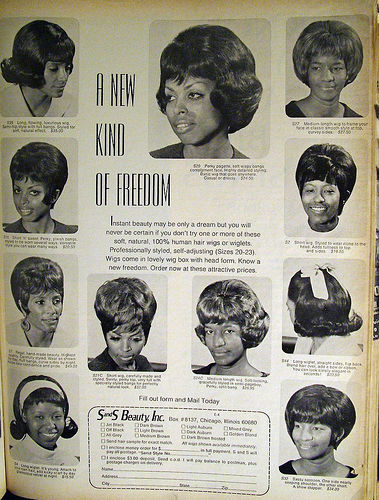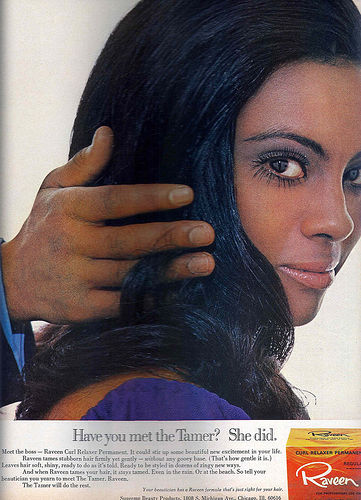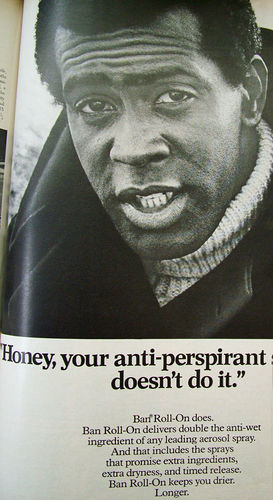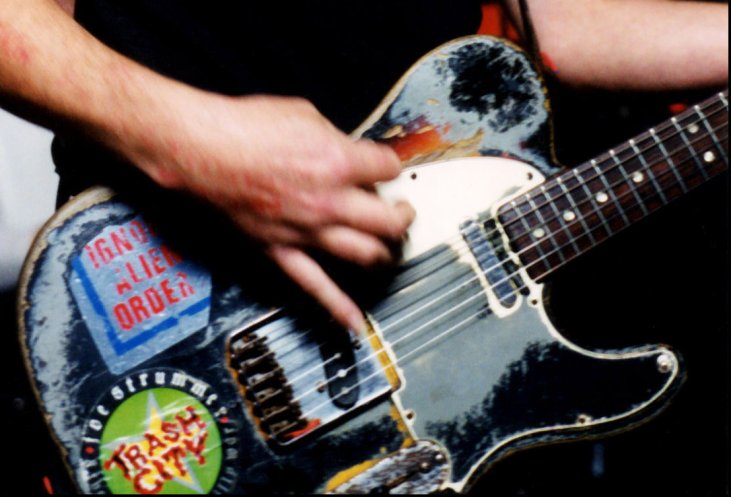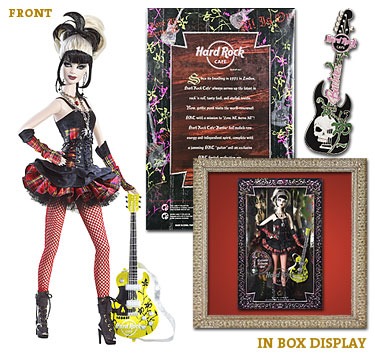A while back Laura M.D. sent us this image from the March issue of Teen Vogue (found at Jezebel):
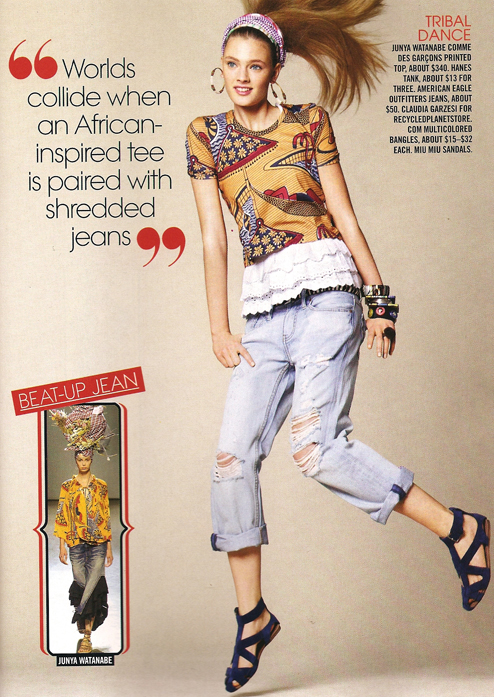
Really? This is all it takes to have a cross-cultural experience these days? It’s also interesting to me that this is defined as “African-inspired,” because I’ve seen “Asian-inspired” items that have a very similar look (though not the dark-skinned person in a hammock; maybe that’s the African element). We see this a lot in fashion–the attribution of vaguely “ethnic”-looking things to some part of the world, or specific culture, that may or may not be particularly associated with the supposed traditional fashion or artistic style.
If they wanted to talk about this outfit as a global collision, they might have discussed where all the different items (and the materials for them) were manufactured compared to where they are sold and worn.
See other posts on representing Africa, “ethnic” fashion, and more “ethnic” fashion.
UPDATE: In a comment, jfruh says,
Can I just say that one of my very least favorite adjectives is “tribal” (in the top right corner), which seems to be used indiscriminately to refer to any art with the whiff of the primitive about it? Vaguely Polynesian-looking tattoos, vaguely African-sounding drums, etc. It’s bad enough that the political organizational structures of wildly disparate cultures are lumped together under the word “tribe” just because they’re at a smaller scale than modern nation-states; now any art form that resonates at all with any culture perceived as primitive gets labelled tribal as well.

